18 Rare Marine Creatures You’ll Find in Remote Destinations
The ocean is home to some of the most extraordinary and elusive creatures on Earth. Many of these marine animals live in remote, deep-sea environments that are difficult to reach. These rare species have unique adaptations that allow them to survive in extreme conditions. From glowing creatures to ancient fish, each of these animals tells a story of survival and wonder. While most marine life is familiar, these rare creatures remain largely unseen by humans. Their mysterious existence adds to the beauty and complexity of our oceans.
This post may contain affiliate links, which helps keep this content free. Please read our disclosure for more info.
Vampire Squid
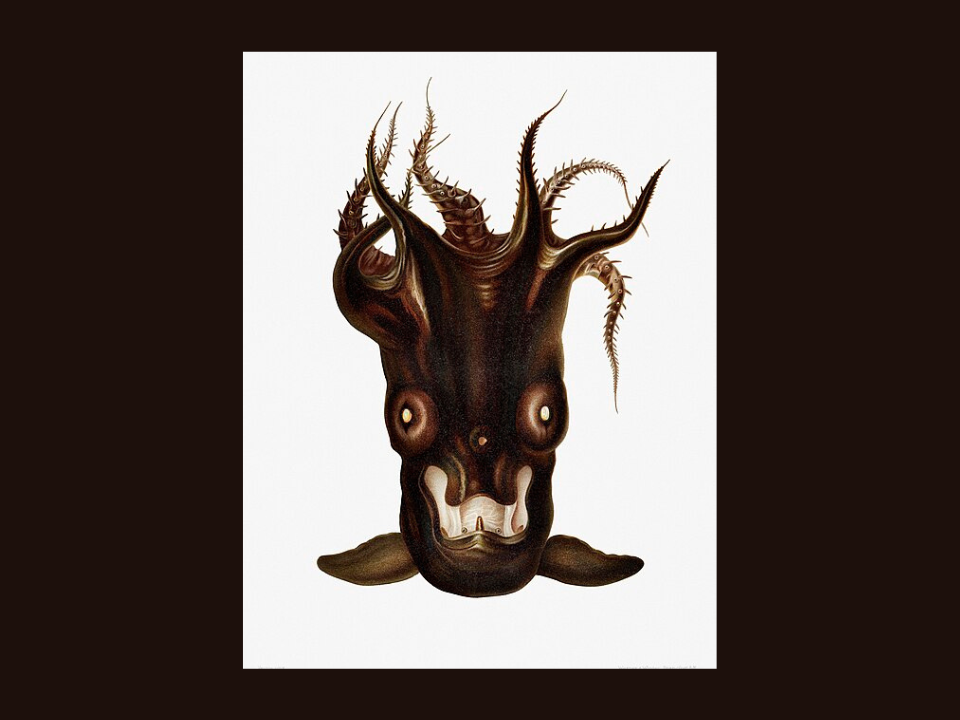
The vampire squid, named for its dark red color and cloak-like webbing, is found in the oxygen minimum zones of tropical and subtropical oceans. This squid lives in deep waters where oxygen levels are too low for most marine creatures.
Despite its somewhat eerie appearance, the vampire squid is not aggressive. It survives on a diet of detritus, including decaying plankton and other organic material, that drifts down from the upper ocean layers. This squid has unique bioluminescent capabilities to help it navigate and ward off predators.
Goblin Shark
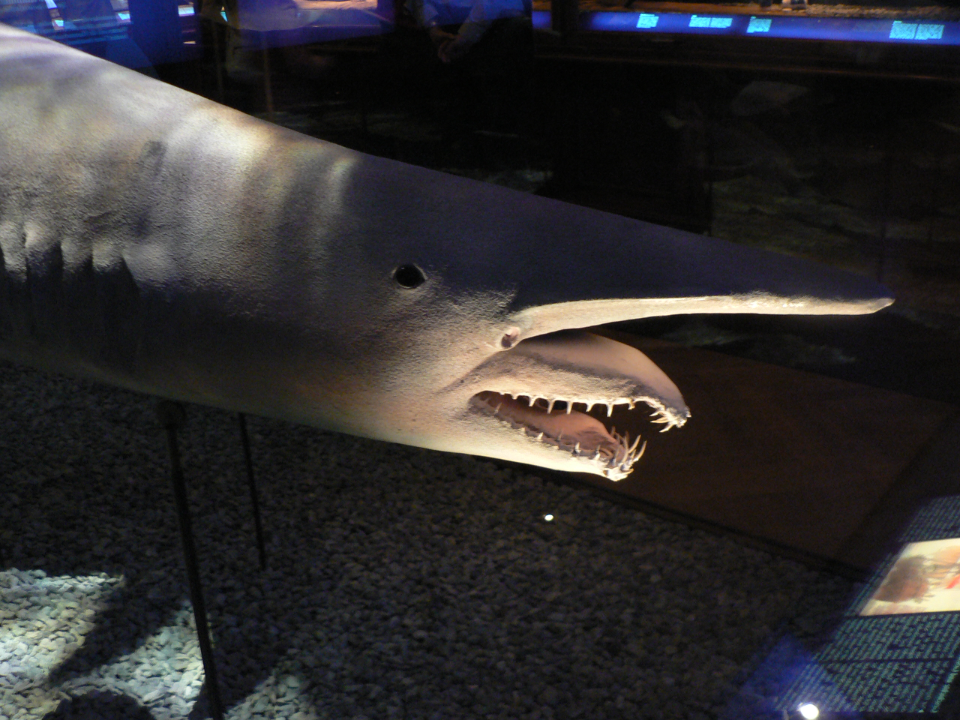
The goblin shark is often called a “living fossil” due to its ancient lineage that dates back more than 100 million years. Found deep in the waters off Japan and other remote oceanic areas, this shark is rarely seen by humans.
The goblin shark has an elongated snout that is highly sensitive, helping it detect prey on the ocean floor. Its most distinctive feature is its extendable jaw, which can quickly snap forward to capture prey, earning it the nickname “goblin” for its odd, intimidating appearance.
Dumbo Octopus
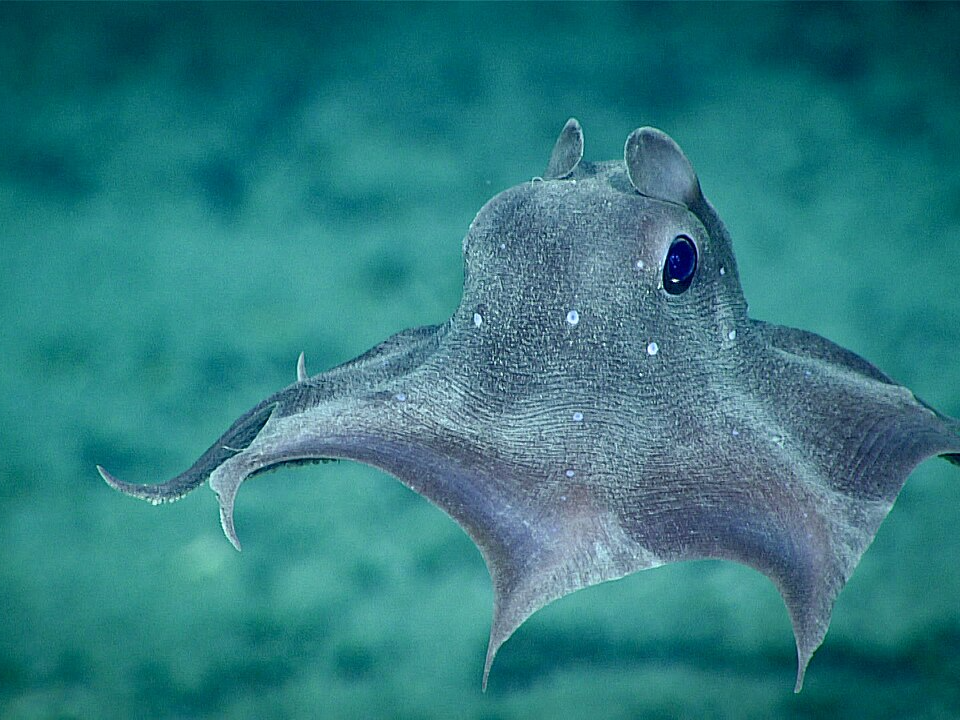
Named for its resemblance to the Disney character, this deep-sea octopus is often found at depths of over 7,000 feet in the ocean. Its large ear-like fins, which help it maneuver, give it an almost whimsical appearance.
The Dumbo octopus thrives in cold, deep-sea environments and feeds mainly on small crustaceans. Unlike other octopuses, it does not rely on ink to defend itself, instead using its exceptional camouflage skills to blend into its surroundings.
Coelacanth
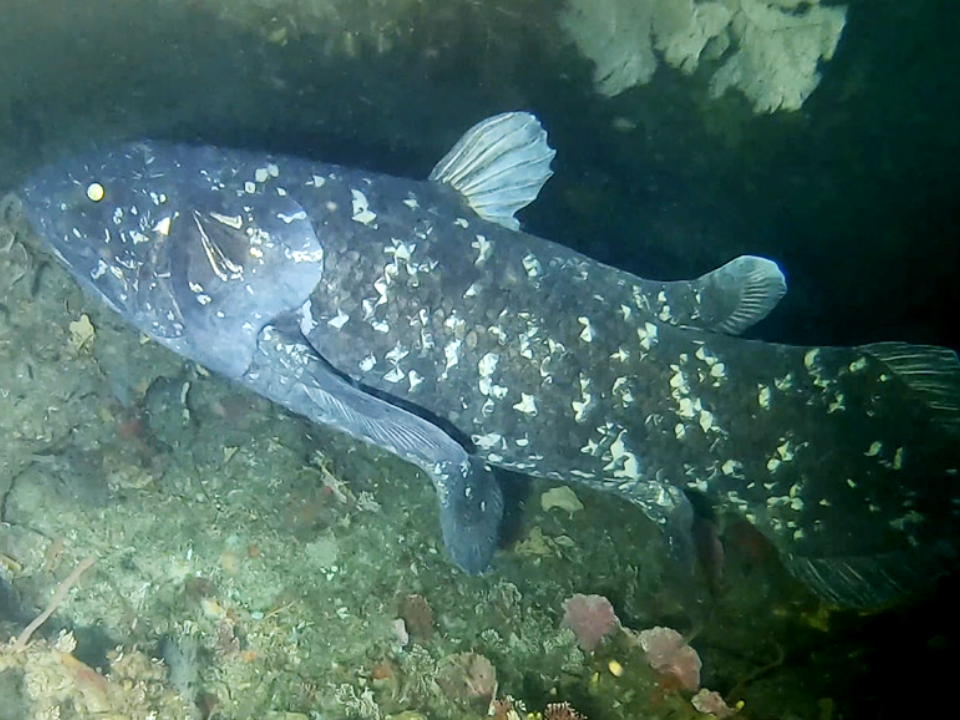
The coelacanth, once thought to be extinct, was rediscovered off the coast of South Africa in the 1930s. This ancient fish, which has been swimming in the ocean for around 400 million years, is often referred to as a “living fossil.”
Coelacanths are known for their unique, lobed pectoral fins, which have been described as being more similar to the legs of land animals. They inhabit deep underwater caves and are rarely seen by humans due to their remote habitats.
Glass Squid
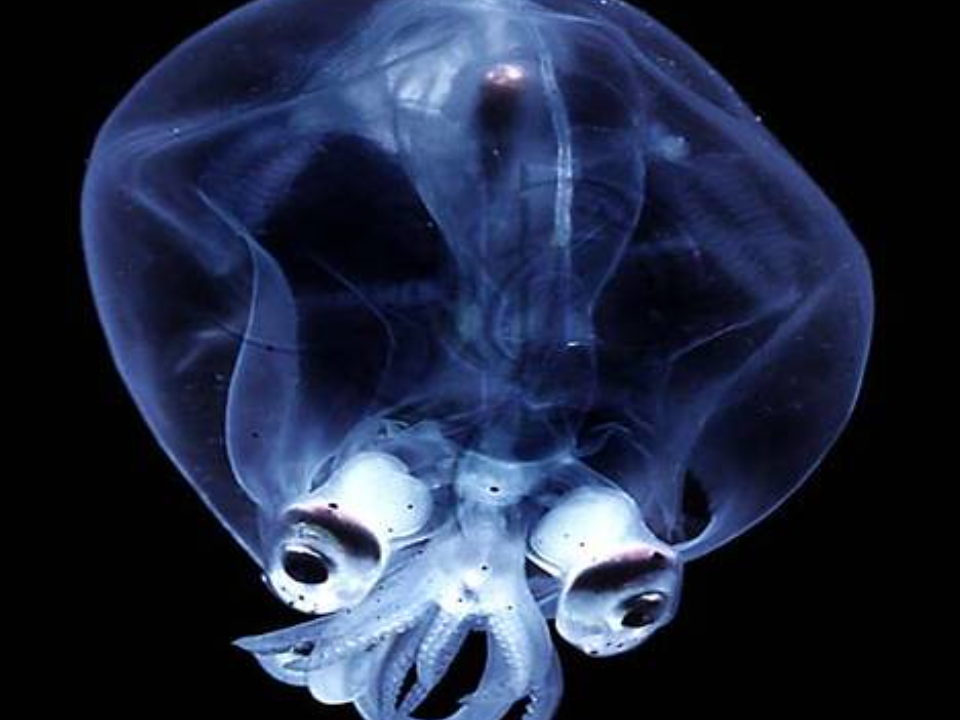
The glass squid is found in the deep waters of the Pacific Ocean, with its transparent body making it nearly invisible to predators. The creature’s body is almost completely transparent, except for its internal organs.
These squids are incredibly skilled at blending into their surroundings. They have specialized bioluminescent cells that help them communicate and avoid being seen by both predators and prey.
Mantis Shrimp
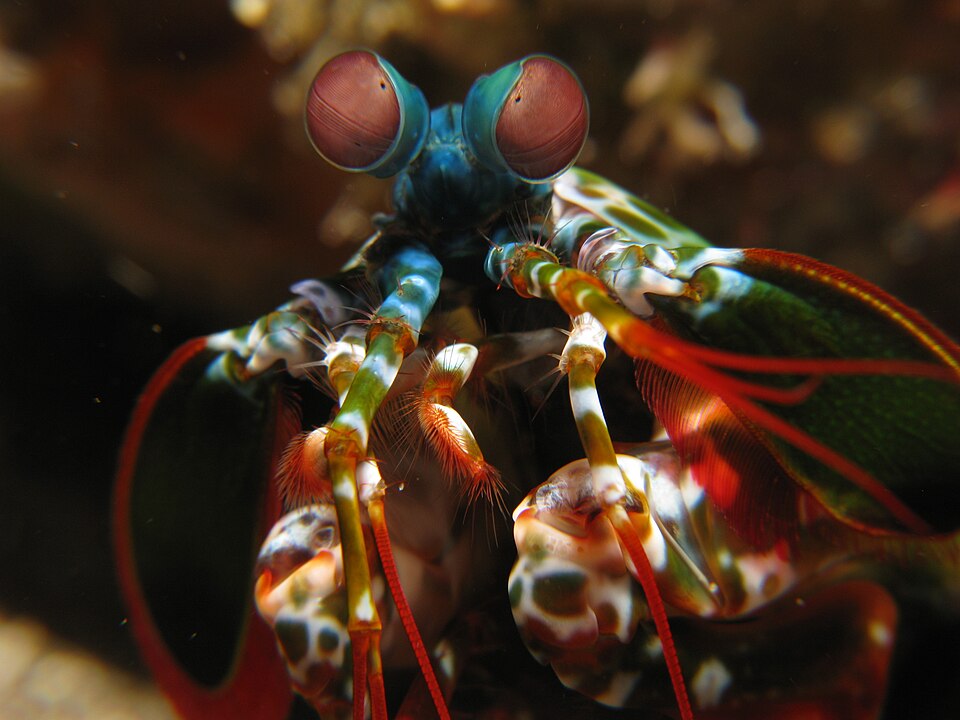
Known for its vibrant colors and powerful strike, the mantis shrimp can be found in the Indo-Pacific region. This creature’s punch is so powerful that it can break glass aquariums.
Mantis shrimps have extraordinary vision, able to see ultraviolet light and polarized light. They use their powerful claws to hunt prey, delivering blows that are faster than a bullet, making them one of the ocean’s most impressive hunters.
Narwhal
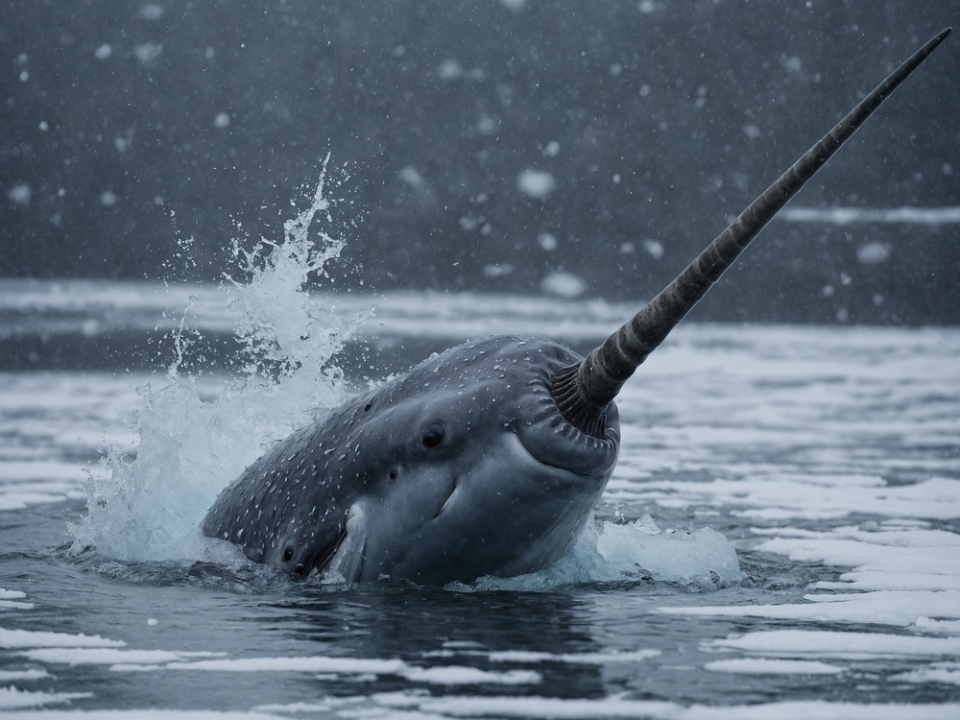
The narwhal, often called the “unicorn of the sea,” is a whale that resides in the icy waters of the Arctic. This whale is easily recognizable due to its long, spiral tusk that can grow up to 10 feet long.
Narwhals use their tusks to communicate and for navigation, particularly through thick ice. Their tusks are actually elongated teeth that are thought to have sensory functions, allowing them to detect changes in the water.
Leafy Sea Dragon
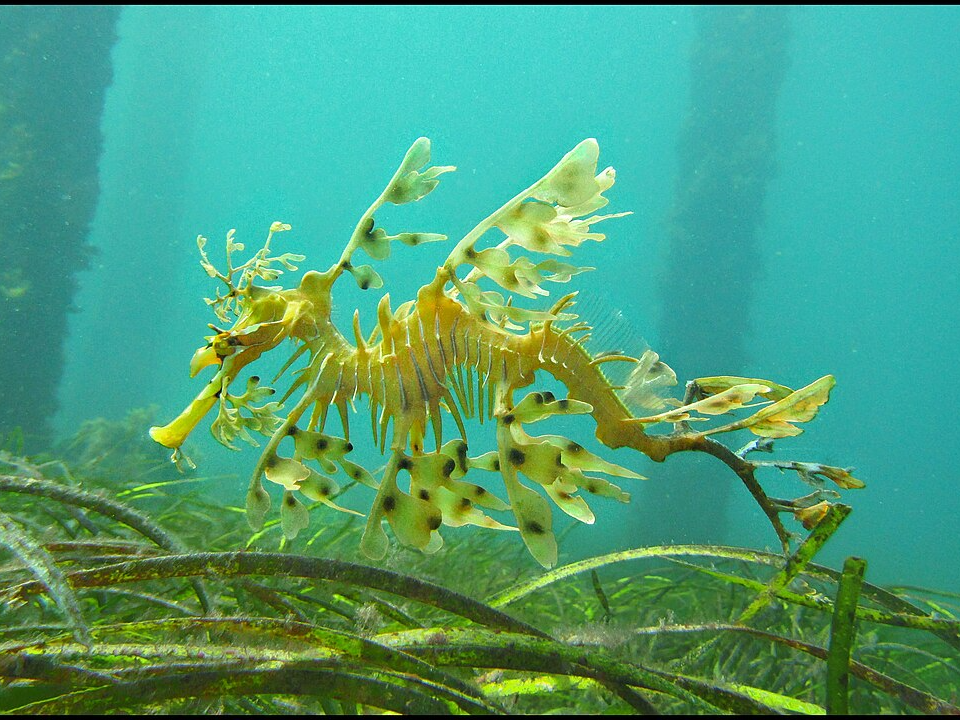
Native to the southern and western coasts of Australia, the leafy sea dragon closely resembles seaweed due to its leaf-like appendages. These creatures are excellent at blending in with their surroundings, which helps them avoid predators.
Unlike most sea creatures, the leafy sea dragon does not have a hard shell for protection but instead relies on its ability to camouflage itself in kelp forests. They feed primarily on small crustaceans and larvae, using their long snouts to suck in food.
Blue Dragon
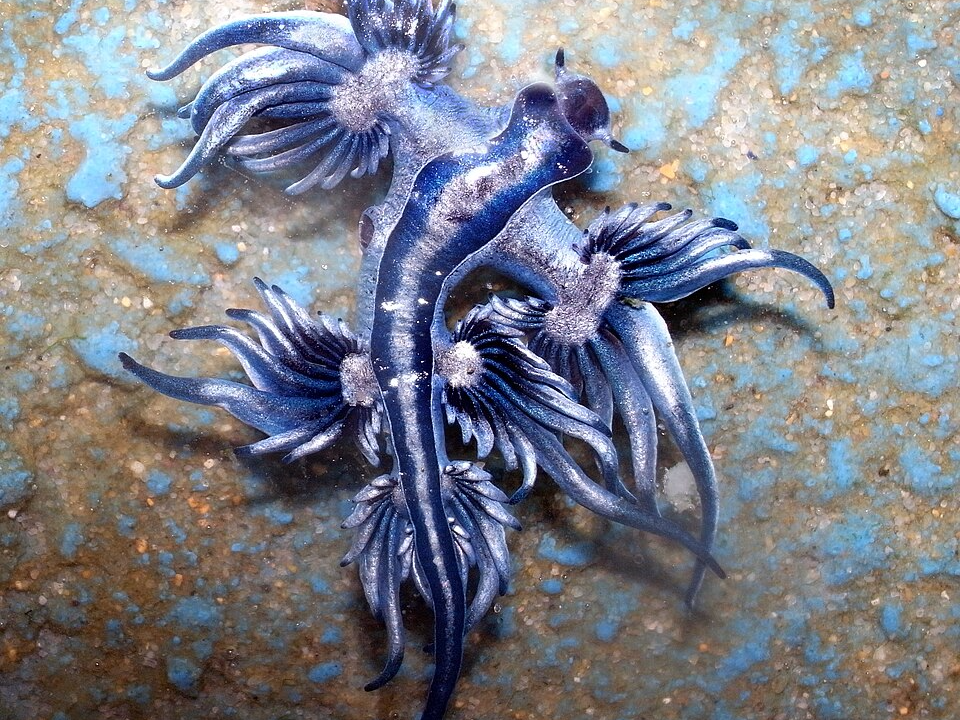
The blue dragon, or Glaucus atlanticus, is a species of sea slug found in warm waters around the world. These creatures are known for their striking blue appearance and their ability to float on the ocean’s surface.
Blue dragons are carnivorous, feeding on small marine creatures such as jellyfish. They are known to consume the venom from their prey and store it in their own bodies, making them dangerous to potential predators.
Deep Sea Anglerfish
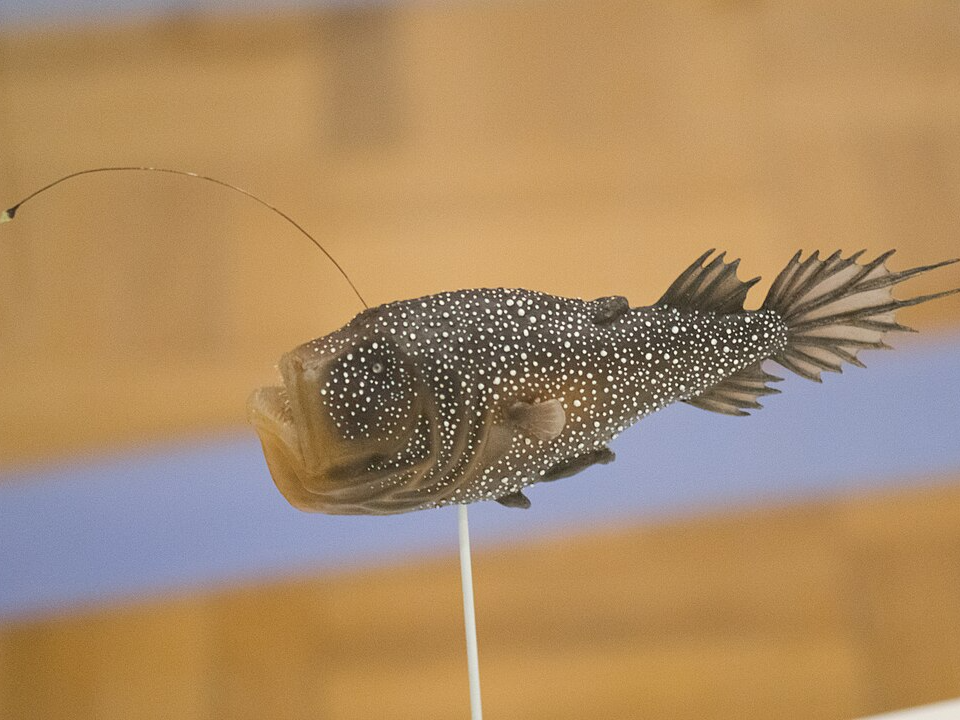
Found in the deep, dark waters of the Atlantic and Antarctic Oceans, the deep-sea anglerfish is infamous for its bioluminescent lure. This creature uses the light produced by bacteria in its lure to attract prey in the pitch-black depths.
The anglerfish’s large mouth and sharp teeth allow it to consume prey larger than itself. This adaptation is critical in the deep-sea environment, where food is scarce and hard to come by.
Giant Squid
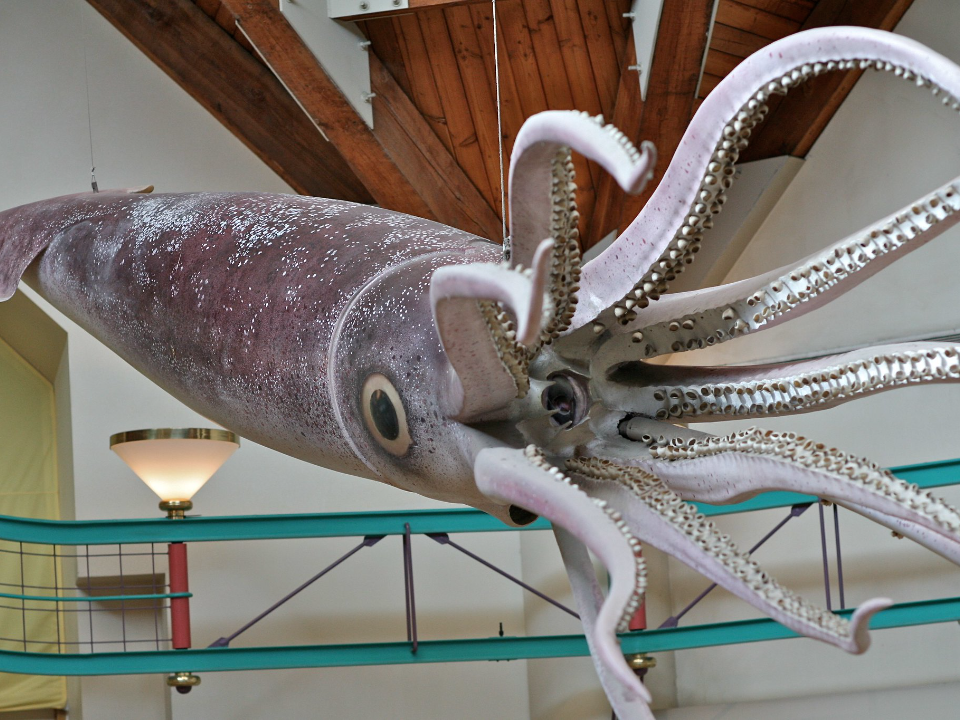
The giant squid is a deep-ocean dweller that has fascinated scientists for centuries. It can grow to lengths of over 40 feet, making it one of the largest invertebrates in the world.
Despite its size, the giant squid remains elusive and is rarely seen by humans. It lives at great depths in the ocean, where it hunts smaller fish and shrimp, using its long tentacles to capture prey.
Psychedelic Sea Slug
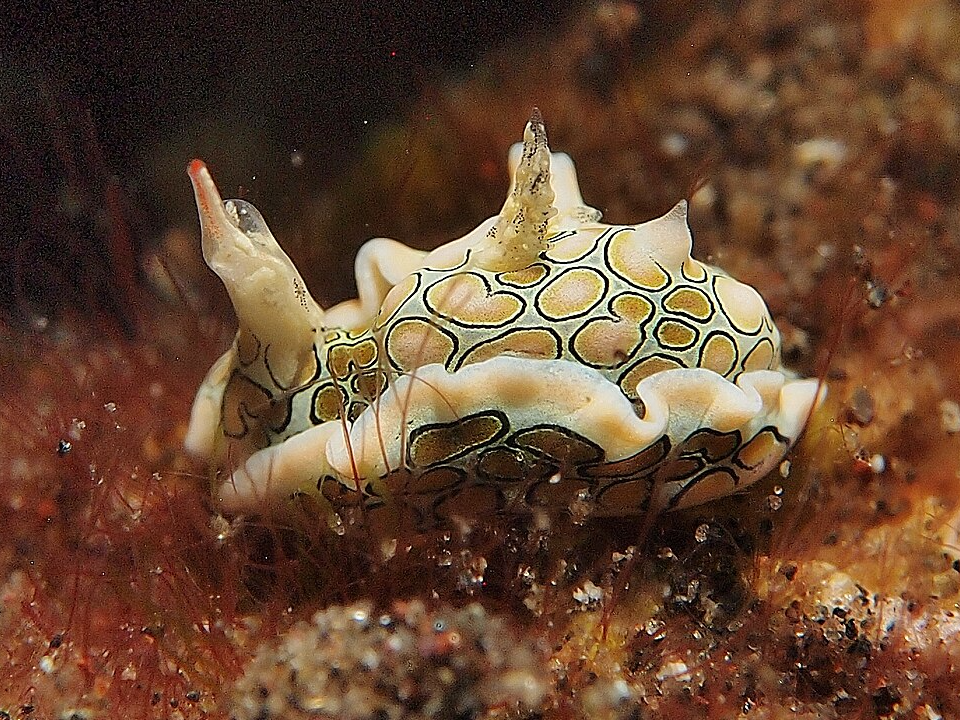
Found in the deep-sea regions off the coast of Japan, the psychedelic sea slug is renowned for its vibrant colors and unusual patterns. These slugs feed primarily on algae and are often seen in shallow reefs and rocky areas.
This species is known for its ability to produce potent toxins to defend itself against predators. The vivid colors of the slug are a warning to potential threats that it is not an easy meal.
Sea Butterflies
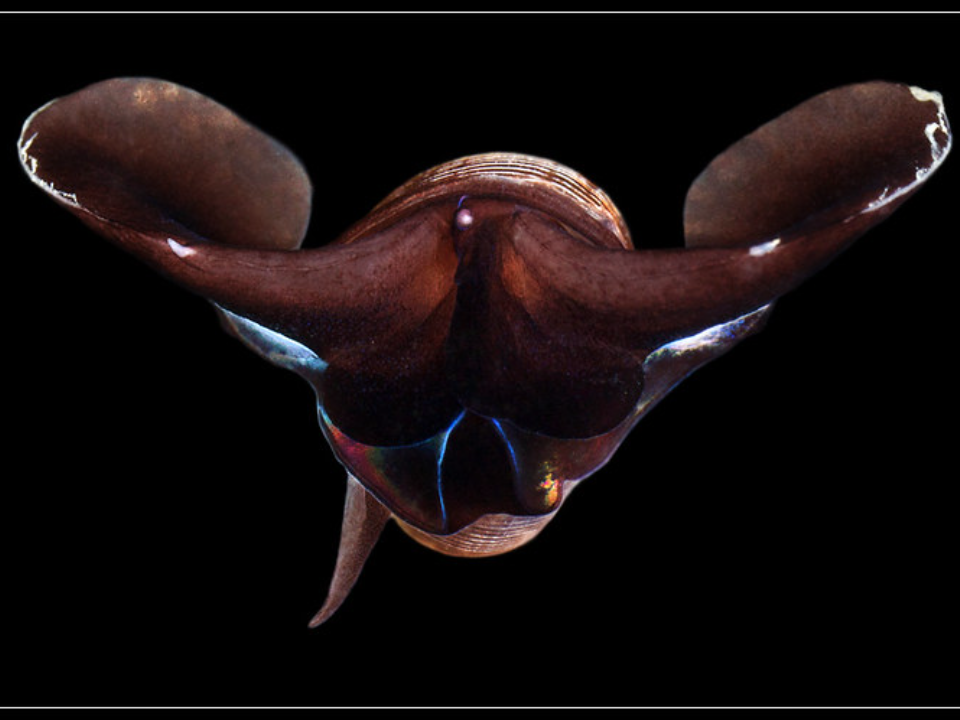
Sea butterflies, or pteropods, are small marine snails that glide through the ocean using wing-like appendages. They are found in the waters of the Arctic and Antarctic and play a crucial role in the marine food web.
These creatures have delicate, transparent shells that allow them to blend in with their surroundings. They are often preyed upon by larger marine animals, including fish and whales, who consume them in large quantities.
Yellow-Eyed Penguin
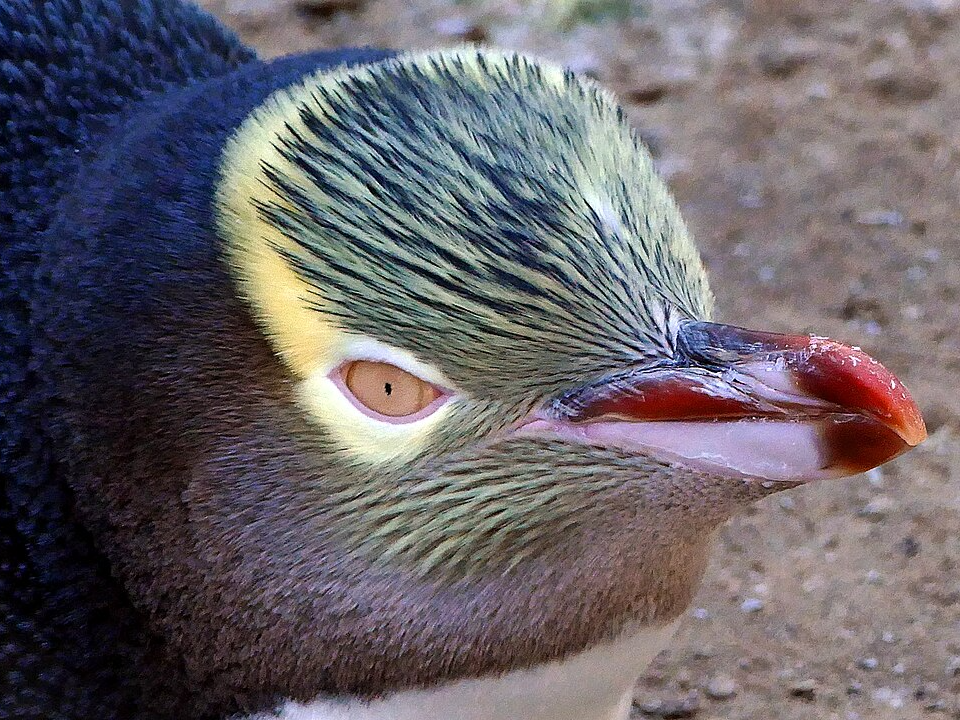
The yellow-eyed penguin is one of the rarest and most endangered penguin species in the world. Native to New Zealand, it is known for its distinctive yellow eyes and pale yellow and grey feathers.
These penguins are solitary by nature, unlike other penguin species that form large colonies. They primarily feed on fish and invertebrates and are often found in remote, untouched coastal regions.
Pink Sea Slug
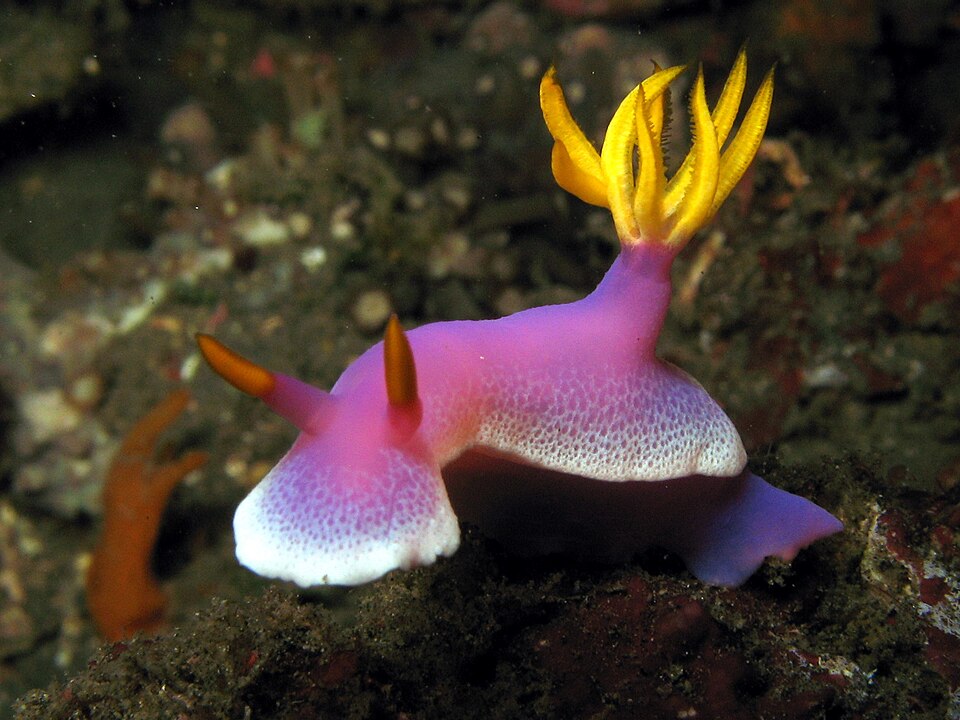
Found off the coast of Japan, the pink sea slug, or Elysia heteropleura, is a small, brightly colored marine creature. This slug is known for its stunning pink and green appearance, which helps it blend in with its kelp habitat.
These slugs feed on algae, using their green pigment to photosynthesize. They are often found in shallow, sheltered bays, making them a rare and beautiful sight for divers.
Frilled Shark
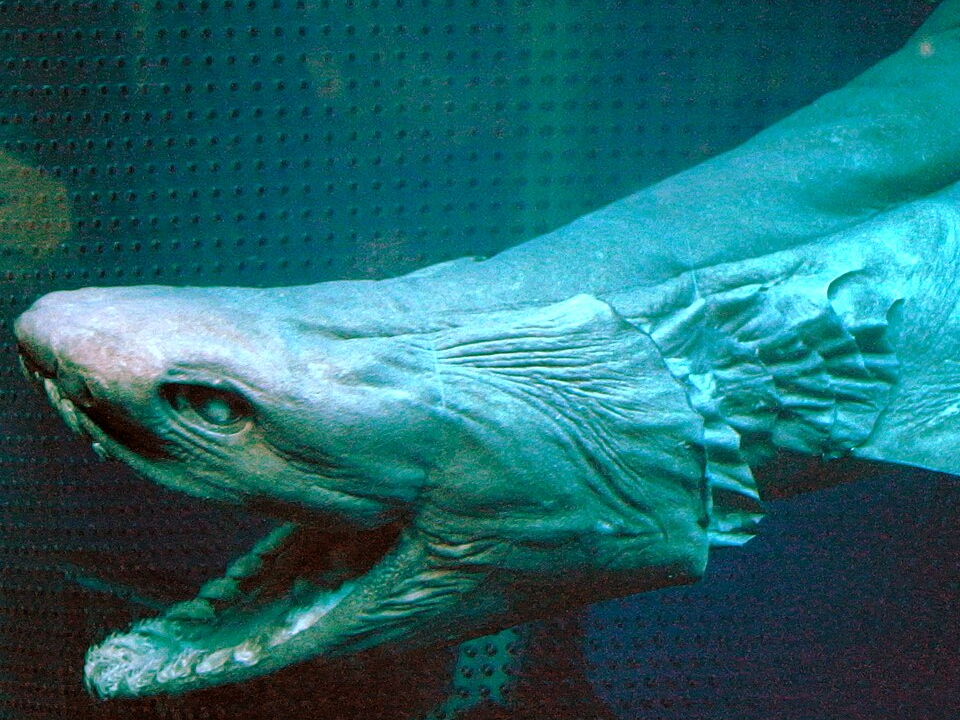
The frilled shark is often described as a “living fossil” because of its appearance and ancient lineage. It inhabits deep waters off the coasts of Japan and Australia, where it remains largely out of sight from humans.
This shark has frilly gills that give it a unique appearance, as well as a flexible, eel-like body. It preys on smaller fish and squid, using its sharp teeth to trap and swallow its prey whole.
Basking Shark

Basking sharks are the second-largest sharks in the world and are found in temperate waters. They feed by swimming with their mouths wide open, filtering plankton from the water.
These sharks can grow up to 40 feet long and are known for their slow, peaceful swimming. They migrate long distances and are often found in colder waters, where their primary food source thrives.
Chimaera
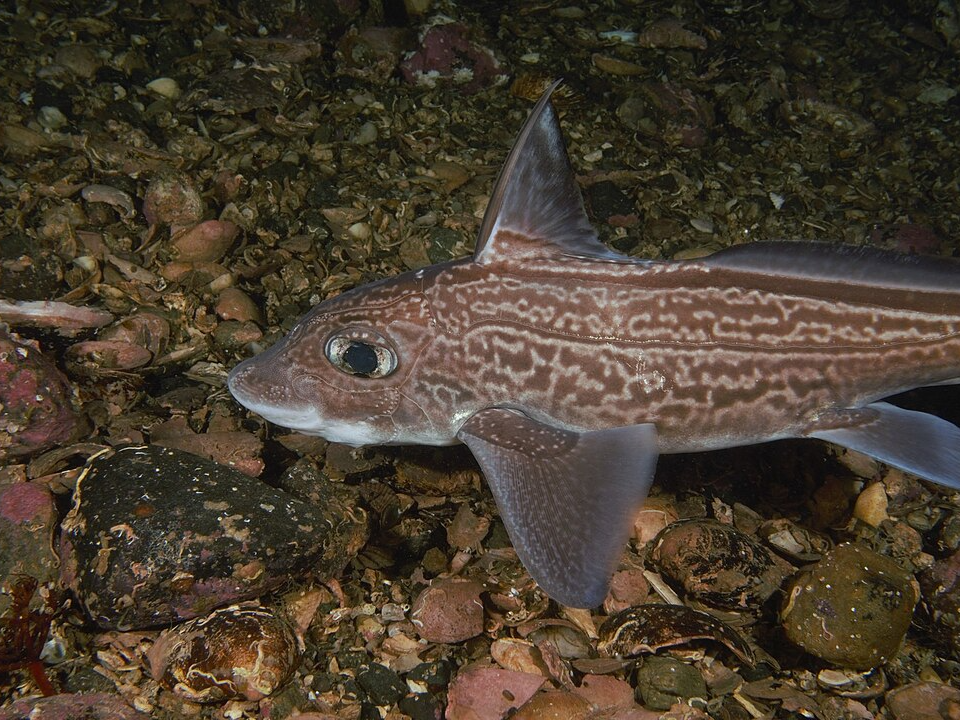
Often called “ghost sharks” due to their eerie appearance, chimaeras are found in deep waters off the coasts of Australia and New Zealand. They have a cartilaginous body, which is more flexible than bony fish.
Chimaeras are solitary creatures that use their long, whip-like tails to move through the ocean. They are opportunistic feeders, consuming small fish and invertebrates that inhabit the ocean floor.
This article originally appeared on Avocadu.
